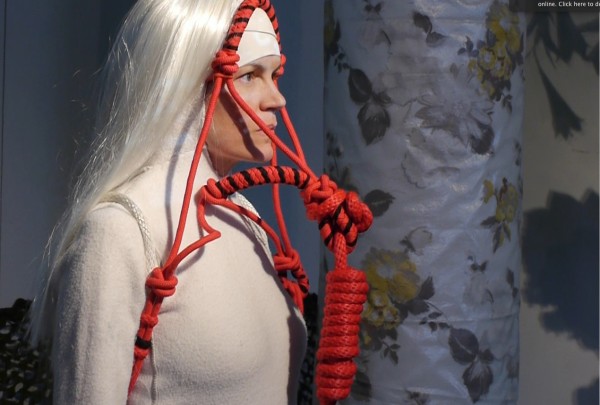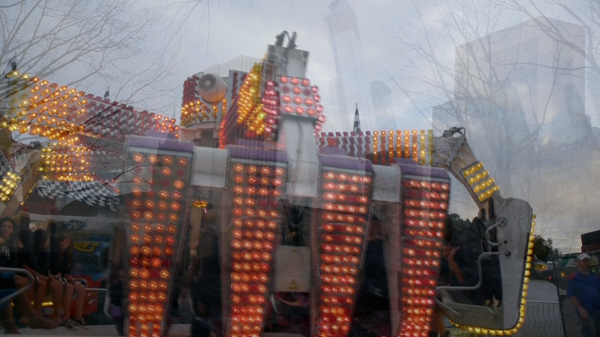Lesley Heller Gallery
Summer—Fall Events: 2013
Introduction to Jussi Parrika’s “ Insects and Canaries,” an essay that also features my video installation: “I Am the Animal,” 2011.
In short, what such a stance is saying is that the capacities of human and animal bodies cannot be detached from considerations of their technological framings, which in this text is a question of ecology — a feedback loop of various levels and scales. In this sense, this text focuses on how to think the visual culture of disappearance —more closely, disappearance of animals.” Insects and Canaries Medianatures and the Aesthetics of the Invisible” (Angelaki Journal of Theoretical Humanities, Vol 18, March 2013 (Routledge)
ISLAND, 2013 (2 min. 44 seconds) Vocals: Cecilie Beck; Cello: Declan Zimmerman
Screenings at: Red Door, 140 West 24th Street May 24th 7 PM and Matinee Lesley Heller Gallery July 10-August 7th 54 Orchard Street
The poet Carter Ratcliff asked me to write an essay for his guest-edited section of the Brooklyn Rail, published Sept 4, 2013 on the subject “What is art? Is it possible to say? Not impossible. (Click here.)
What is Art?
by Lenore Malen
What is art? Useless, an empty signifier, but also the currency for global capital and high stakes gambling, of great value and interest to millions of people who wait patiently in extremely long lines, and completely irrelevant to countless others; not intimate, but spectacular, atomized, and digitized, also intimate, tactile, hand-held, close up.
If you are extremely worried about the state of the world and believe that art with its myriad of contradictions can’t stand up to it, think of Leon Golub’s book Do Paintings Bite? in which he writes: “Art retains a residual optimism in the very freedom to tell.”
The very freedom to tell gives art enormous power. And if art is inherently optimistic, as Golub suggests, it is also bound up in politics. It embodies the longings and desires of everyone, both unspoken and fiercely and violently contested. It offers a model for alternative worlds, future possibilities of being better and different. “Hope is participatory: the “waking dream,” said the philosopher Ernst Bloch.
But when art is confined to the interior spaces of galleries and museums, some of them ice cold containers for global markets, it relinquishes its power to tell and to wholly engage with the world. Bloch’s participation is a word that’s become a movement, but its meaningless if it only applies to the privileged owners of art knowledge.
Questions a kid might ask but we are too ashamed: Why can’t art fix anything and why is the world so hell-bent on destruction? And a more adult question in relationship to climate, which is my interest: Why can’t we summon the collective will to put a halt to the worst of our excesses? And what are the forces that undermine our brains’ capacity to know what’s directly in front of us?
Art: Let’s take this useless, empty signifier and restore its utopian and participatory potential. Art as action is not something new. Hope needs to move outside into the world; it already has to some extent. History tells us that these moments are possible, if fragile.
Leave a comment

